
Owls are captivating birds of prey known for their distinctive appearances and intriguing nocturnal habits. They come in a diverse range of species, each with unique features and characteristics.
In this article, we will explore some of the fascinating types of owls, shedding light on their individual traits and habitats.
- Pygmy Owls
- Saw-Whet Owls
- Hawk Owls
- Spectacled Owls
- Eared Owls
- Burrowing Owls
- Scops Owls
- Earless Owls
- Eagle Owls
- Boobooks
- Screech Owls
- White-Faced Owls
- Whiskered Owlets
- Flammulated Owls
- Elf Owls
- Crested Owls
- Jamaican Owls
- Papuan Owls
- Maned Owls
- Barn Owls
- Bay Owls
1. Pygmy Owls
Pygmy owls are small, compact owls with a round head and no ear tufts. They are known for their intense hunting skills and striking facial patterns, often resembling larger owl species. These owls are found in various parts of North and South America.

2. Saw-Whet Owls
Saw-whet owls are small, elusive birds named after the sound of their call, resembling the sharpening of a saw. They possess a rounded head and are primarily found in North America, particularly in coniferous forests.
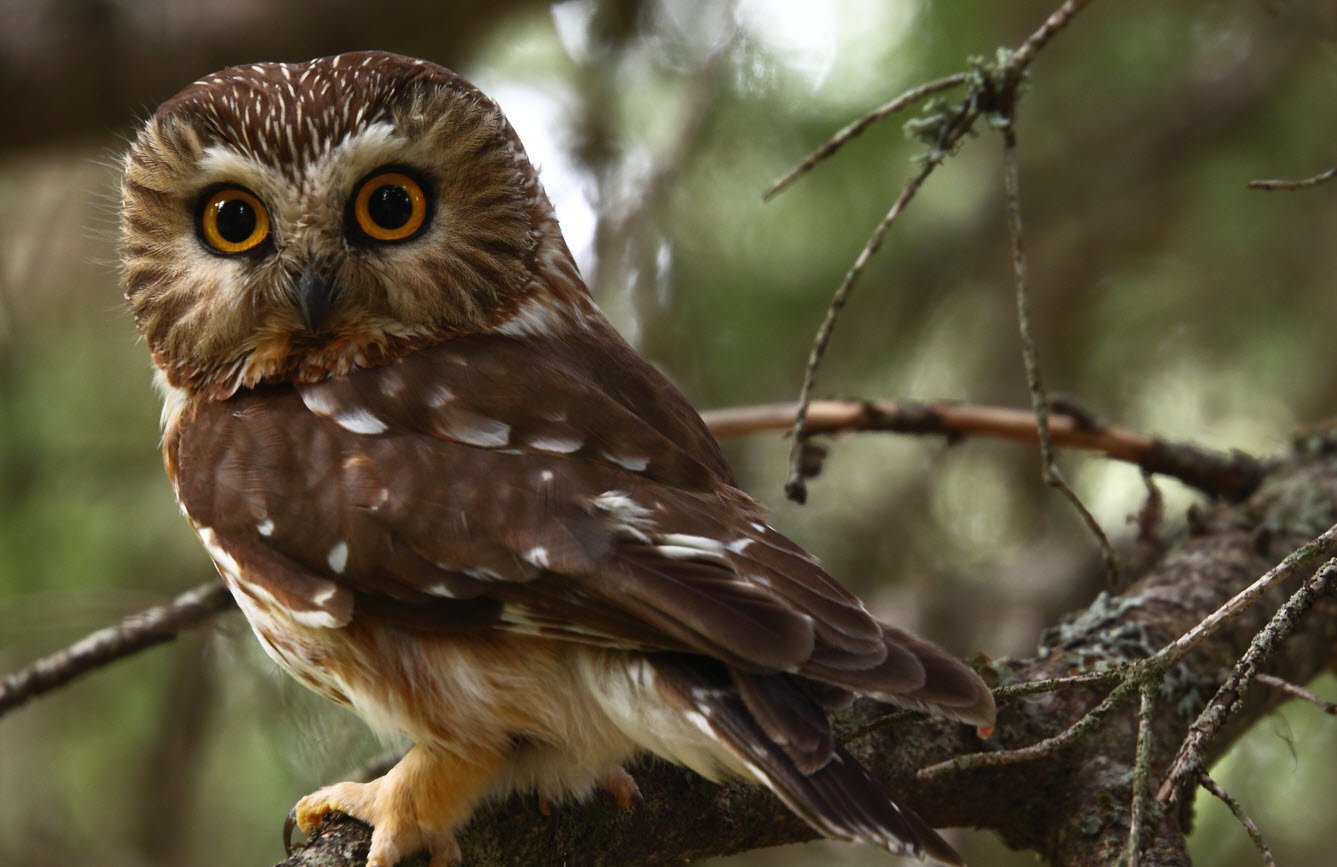
3. Hawk Owls
Hawk owls are characterized by their long tail and similar appearance to hawks, hence the name. They have a distinctive facial disk and are known for their exceptional hunting abilities. Hawk owls can be found in the Northern Hemisphere, including North America and Eurasia.
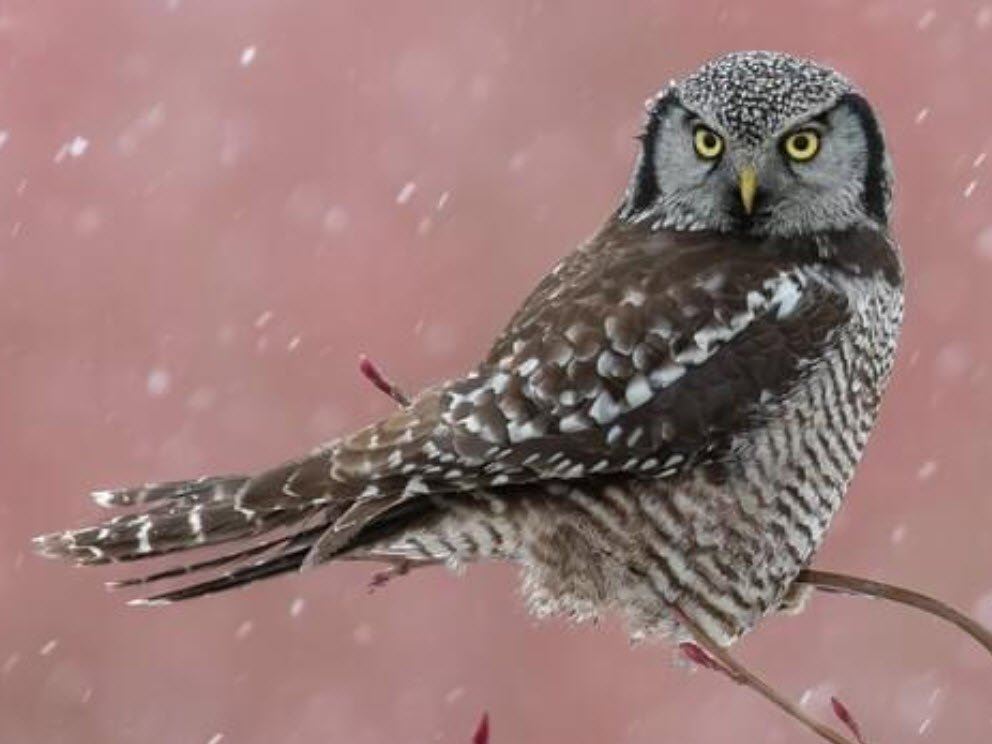
4. Spectacled Owls
Spectacled owls are named for the distinct white markings around their eyes, resembling eyeglasses. They have a robust build and are predominantly found in Central and South America, residing in dense tropical forests.
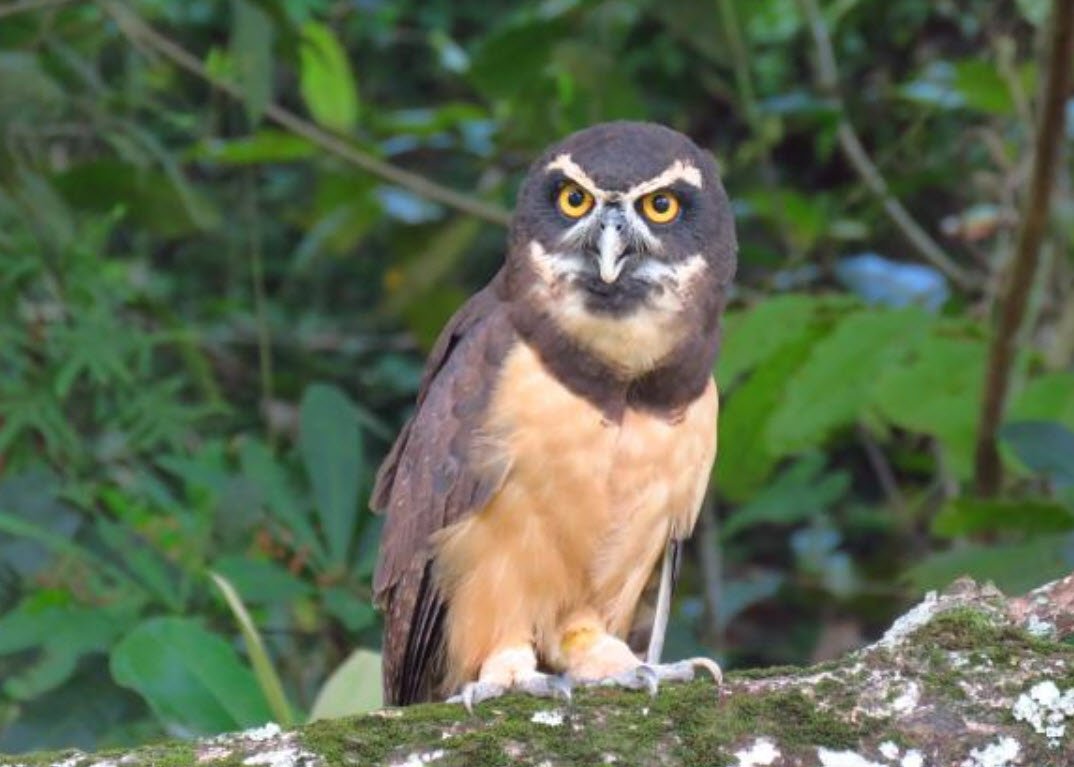
5. Eared Owls
Eared owls, often referred to as “tufted owls,” are recognized by their prominent ear tufts. These tufts of feathers on their head are not actual ears but serve a purpose in communication and camouflage. Eared owls are distributed worldwide and are often seen in various habitats.
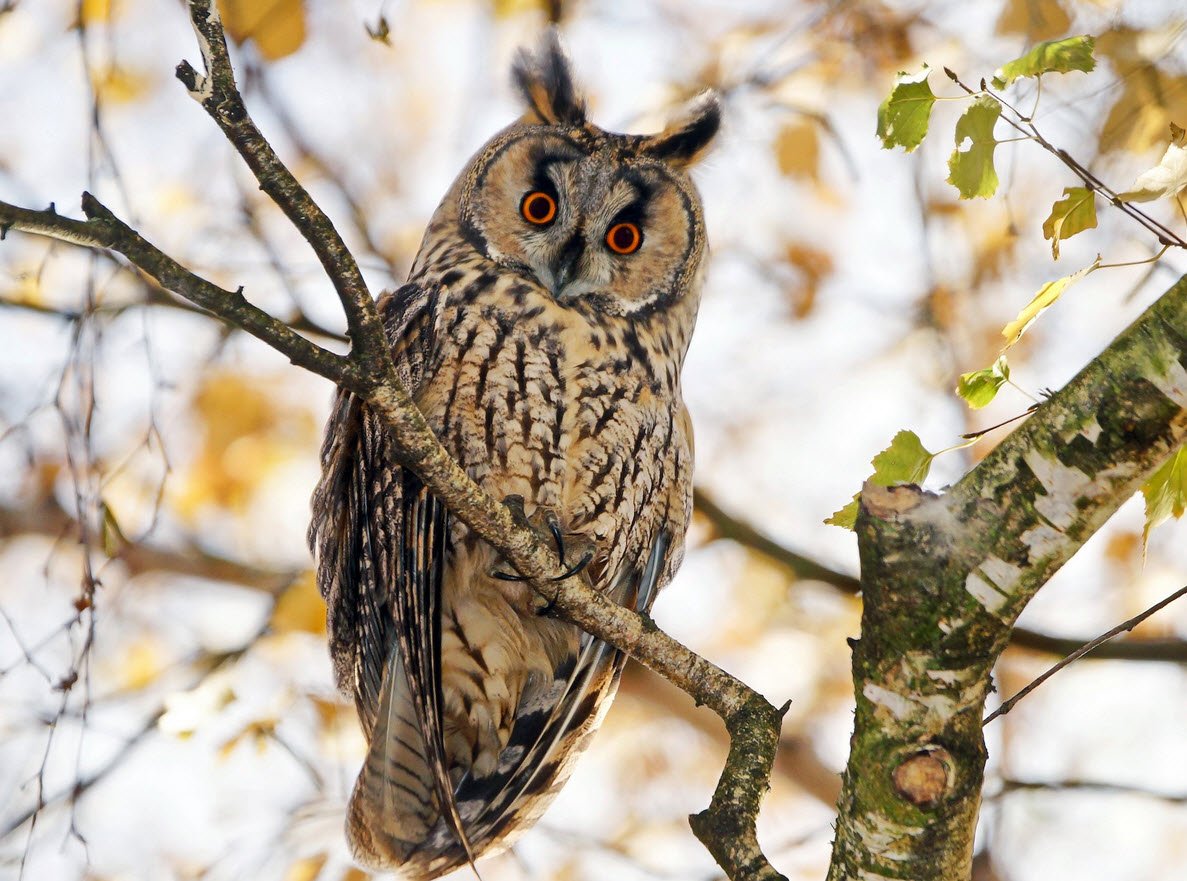
6. Burrowing Owls
Burrowing owls are unique in that they nest and roost underground, often repurposing burrows made by other animals. They have long legs and are commonly found in grasslands, deserts, and other open areas across the Americas.

7. Scops Owls
Scops owls are small owls known for their distinct “ear” tufts and vibrant plumage. They are found in Europe, Asia, and Africa, preferring woodlands and forested areas.

8. Earless Owls
Earless owls, as the name suggests, lack prominent ear tufts. They have a sleek appearance and are distributed across various parts of the world, adapting to diverse environments and habitats.
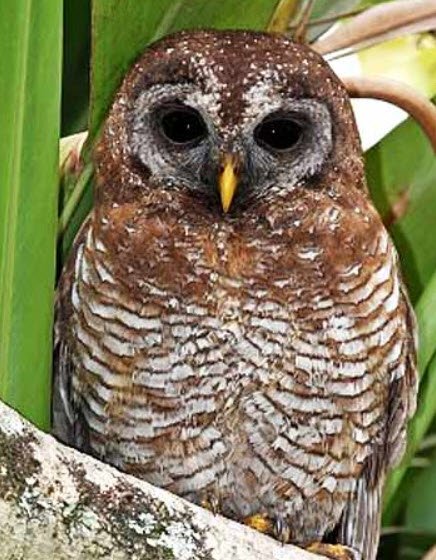
9. Eagle Owls
Eagle owls are one of the largest owl species, boasting impressive size and strength. They are named for their resemblance to eagles and are widely distributed in Europe, Asia, and Africa.

10. Boobooks
Boobooks, also known as mopokes, are medium-sized owls native to Australasia. They have a distinctive mournful call and are adaptable birds, occupying a range of habitats from forests to urban areas.

11. Screech Owls
Screech owls are characterized by their piercing calls, which resemble high-pitched screeches. They are typically small owls found in North, Central, and South America.
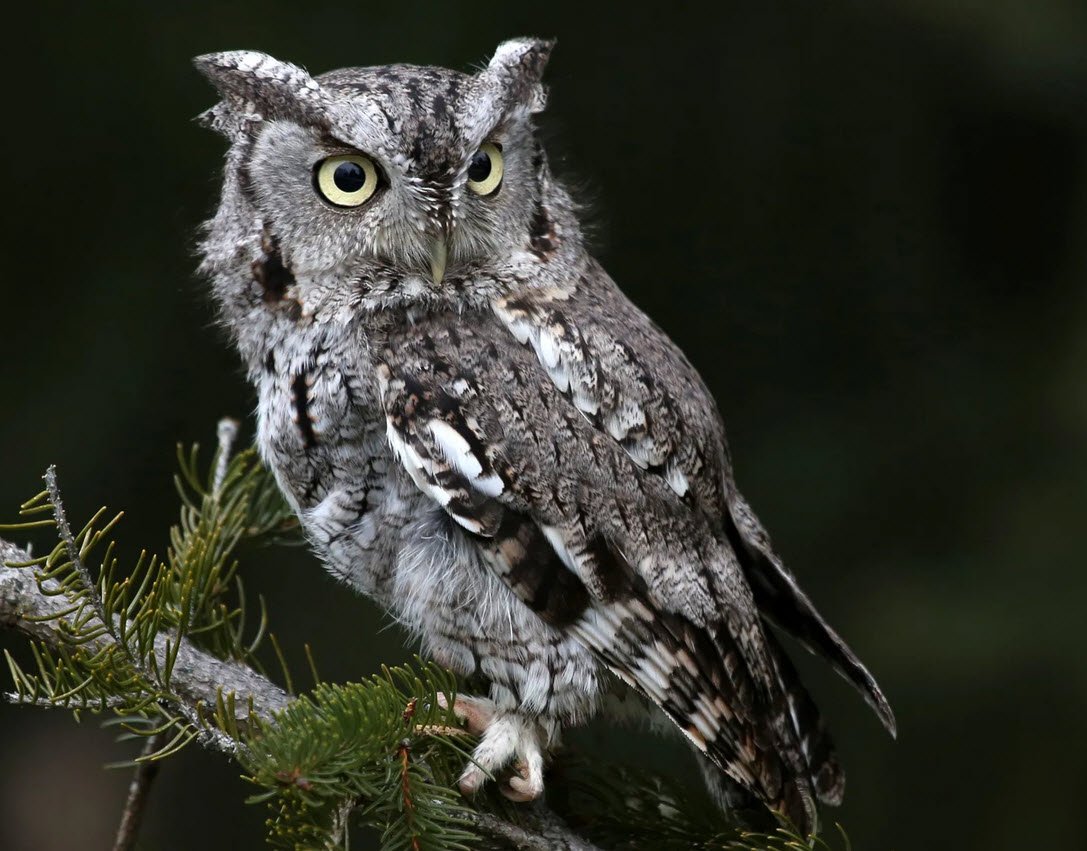
12. White-Faced Owls
White-faced owls are medium-sized birds known for their striking facial markings. They have a round facial disk and are predominantly found in sub-Saharan Africa.

13. Whiskered Owlets
Whiskered owlets are small, adorable owls with distinctive whisker-like markings on their faces. They are primarily found in South Asia, particularly in India and Sri Lanka.

14. Flammulated Owls
Flammulated owls are small, secretive owls with unique plumage resembling tree bark. They are native to North and Central America, often residing in coniferous and mixed woodlands.

15. Elf Owls
Elf owls are the smallest species of owls, with a charming and diminutive appearance. They are mainly found in the southwestern United States and parts of Mexico.

16. Crested Owls
Crested owls, as the name suggests, have distinctive crests on their heads. They are primarily found in tropical regions of Central and South America.
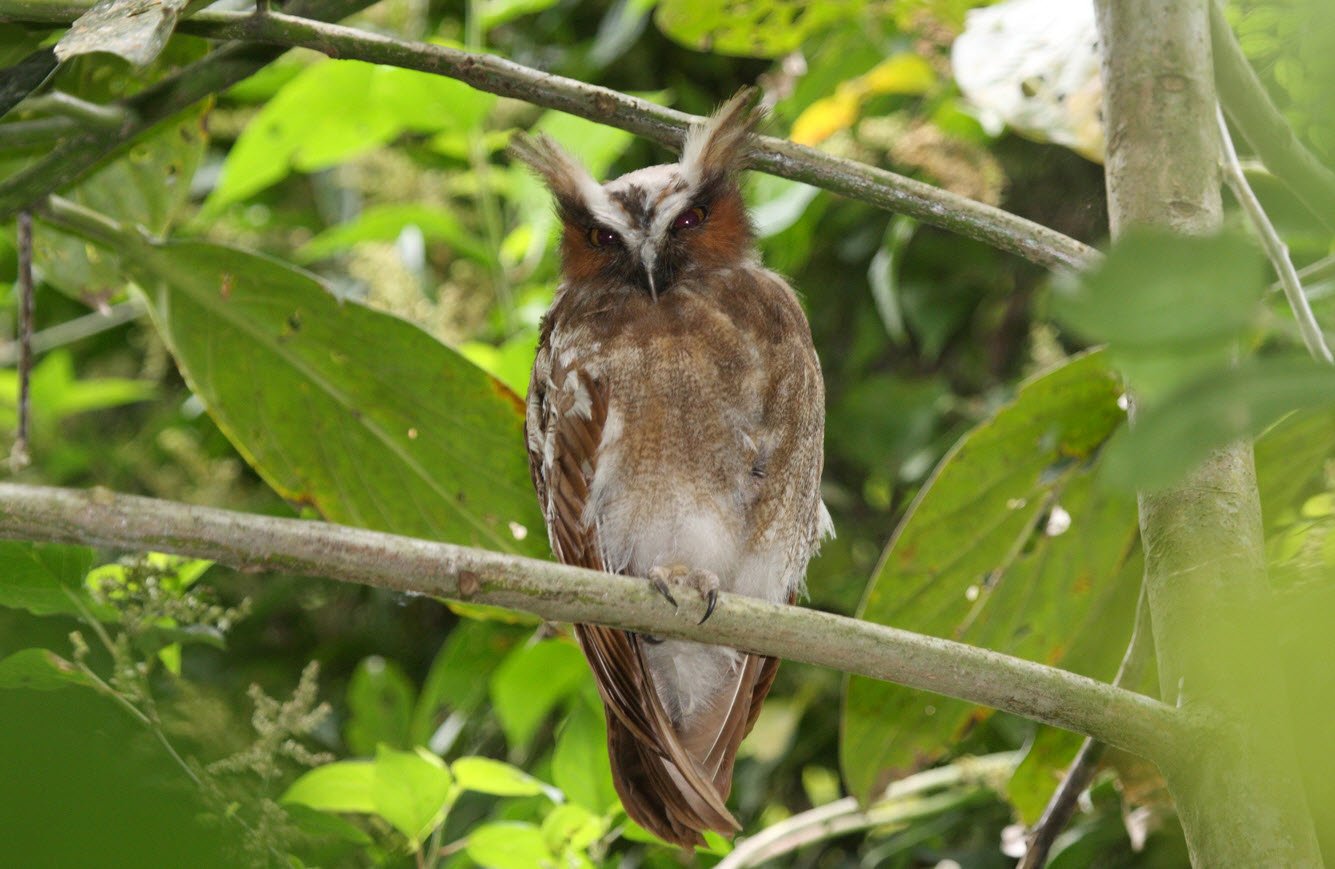
17. Jamaican Owls
Jamaican owls are endemic to Jamaica and are relatively rare. They have a reddish-brown plumage and are known for their haunting calls in the night.
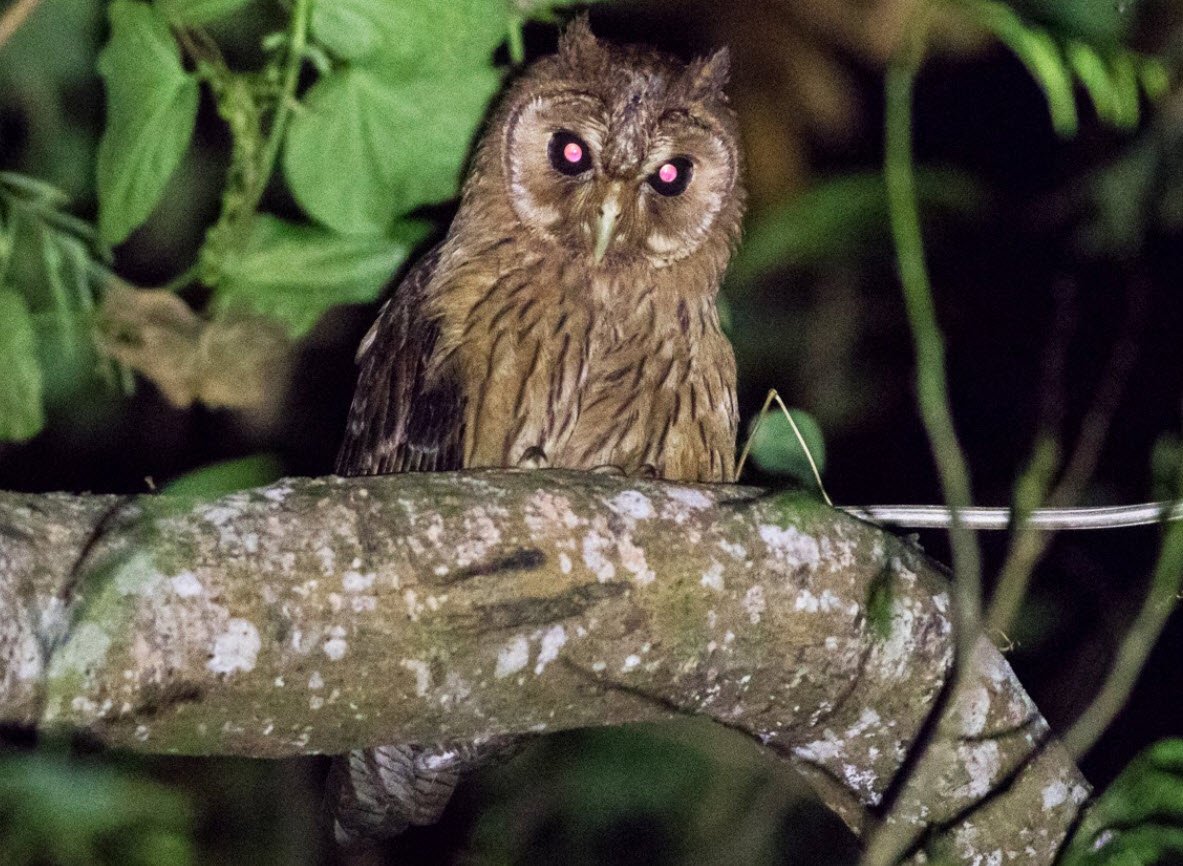
18. Papuan Owls
Papuan owls are found in New Guinea and nearby islands. They have a unique appearance and are adapted to a variety of habitats, from lowlands to mountainous areas.

19. Maned Owls
Maned owls, also known as African maned owls, have distinct feather tufts on their heads resembling a mane. They are native to sub-Saharan Africa.
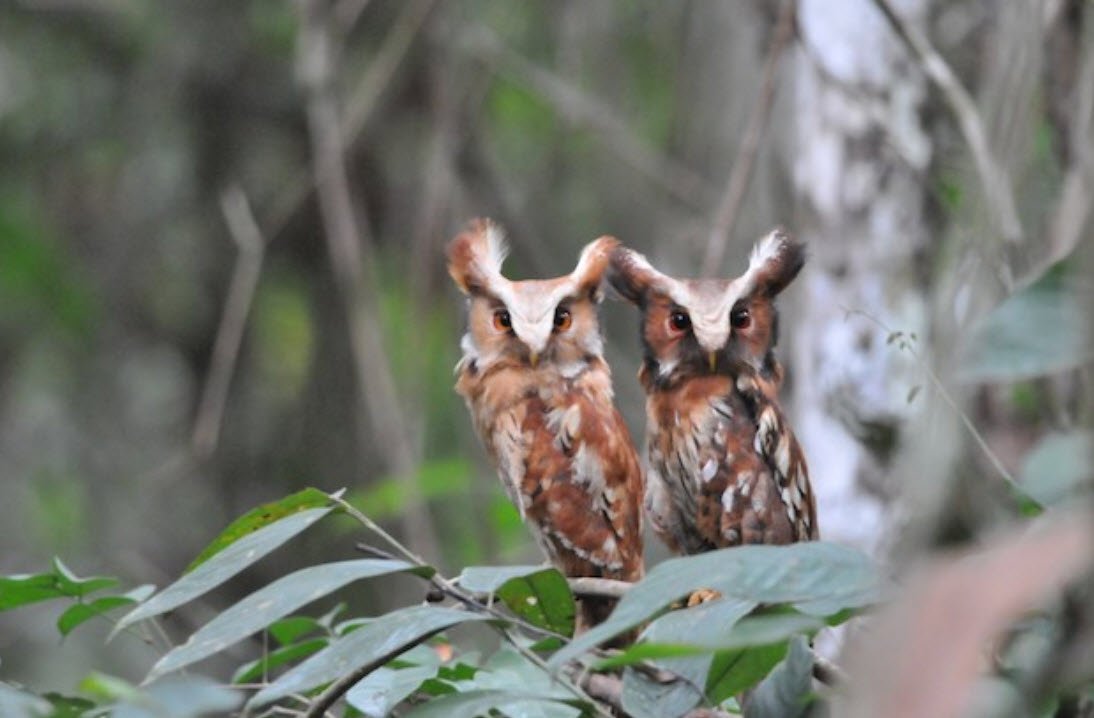
20. Barn Owls
Barn owls are one of the most widespread and easily recognizable owl species. They have a distinctive heart-shaped facial disk and are found worldwide, residing in a variety of habitats.

21. Bay Owls
Bay owls are medium-sized owls with striking facial disks and are known for their powerful talons. They primarily reside in the Philippines and nearby regions.
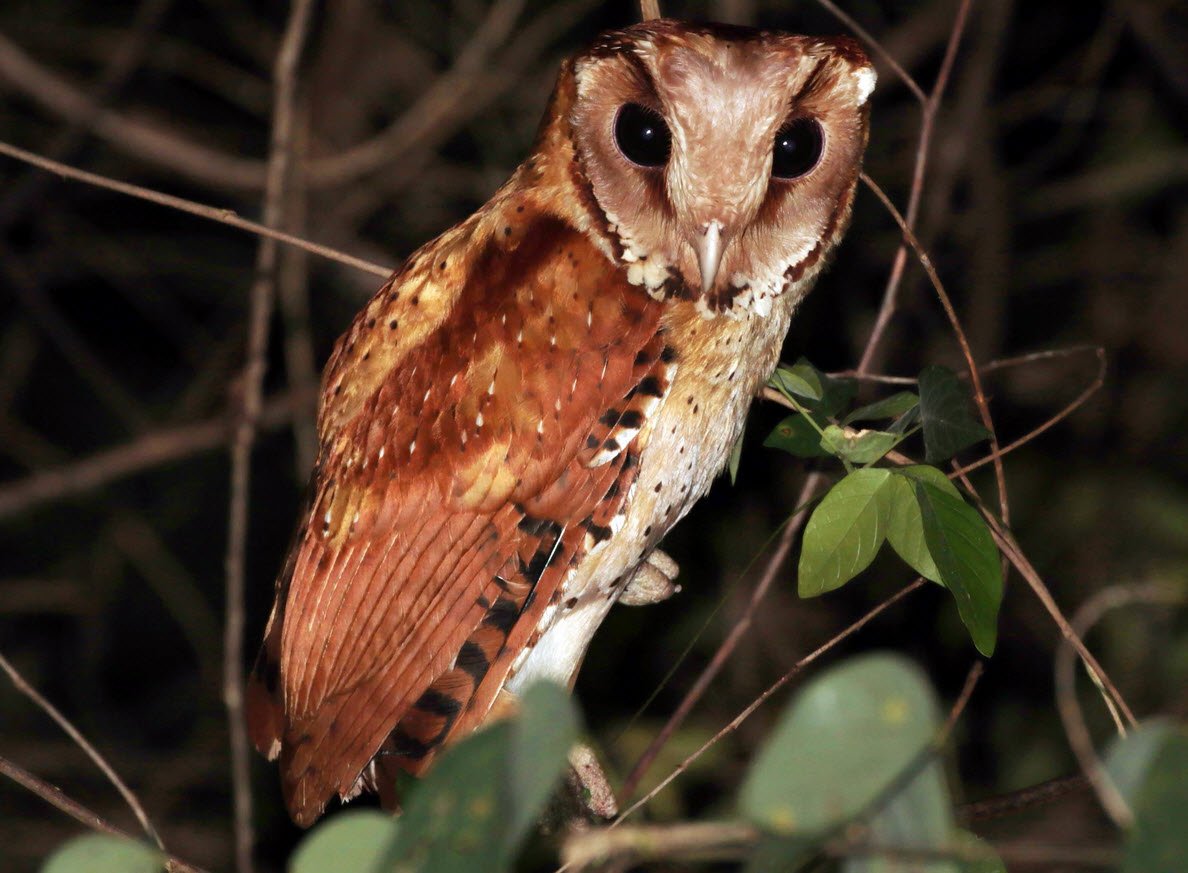
In conclusion, owls are a diverse and captivating group of birds, each with its own unique characteristics and habitats. From the small and mysterious pygmy owls to the large and majestic eagle owls, these fascinating creatures continue to inspire awe and wonder in both bird enthusiasts and casual observers alike.
You may also like: